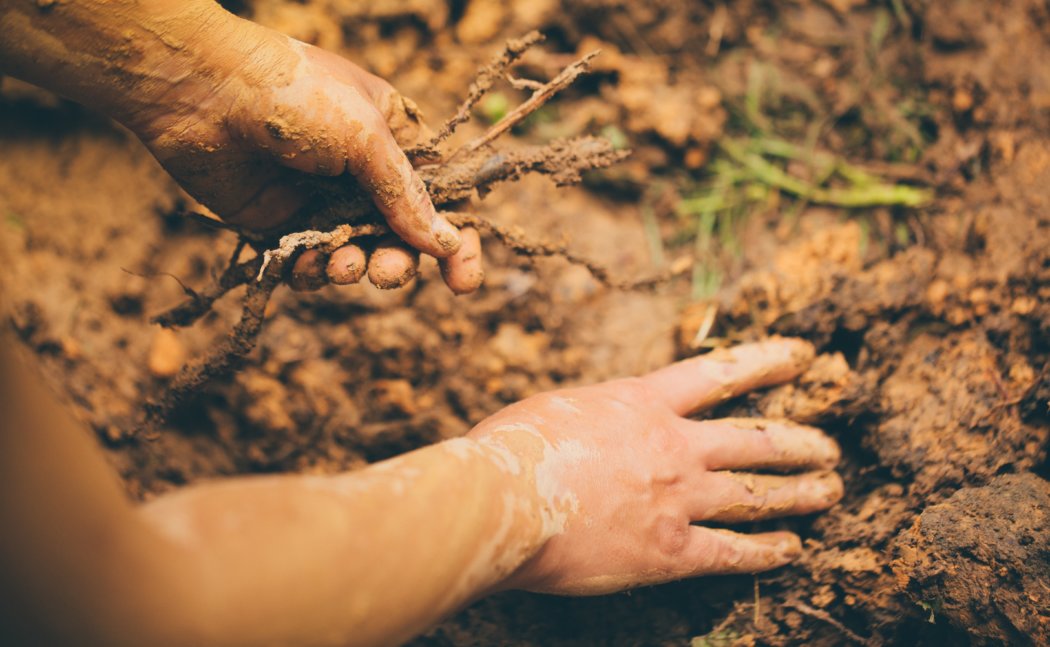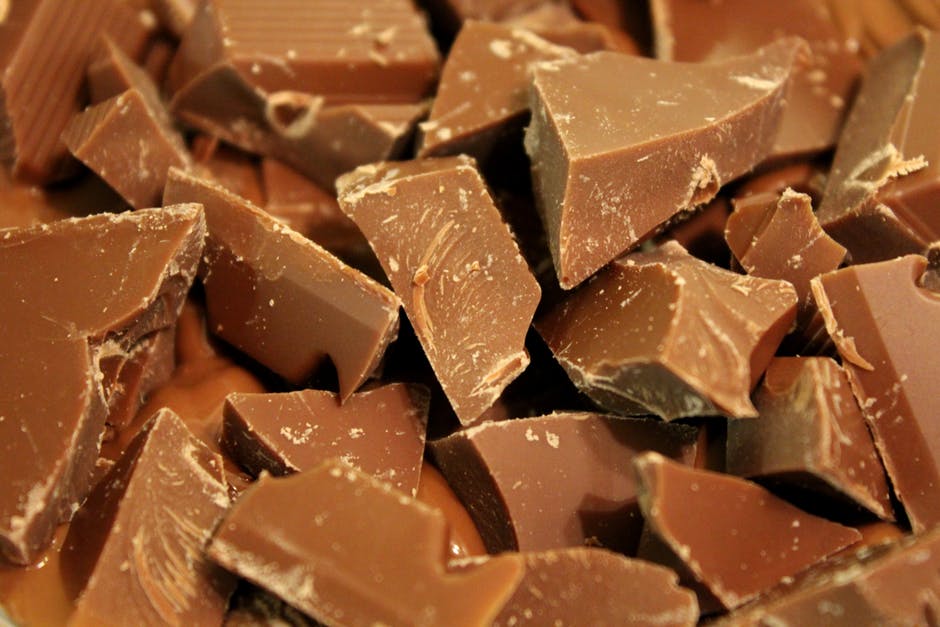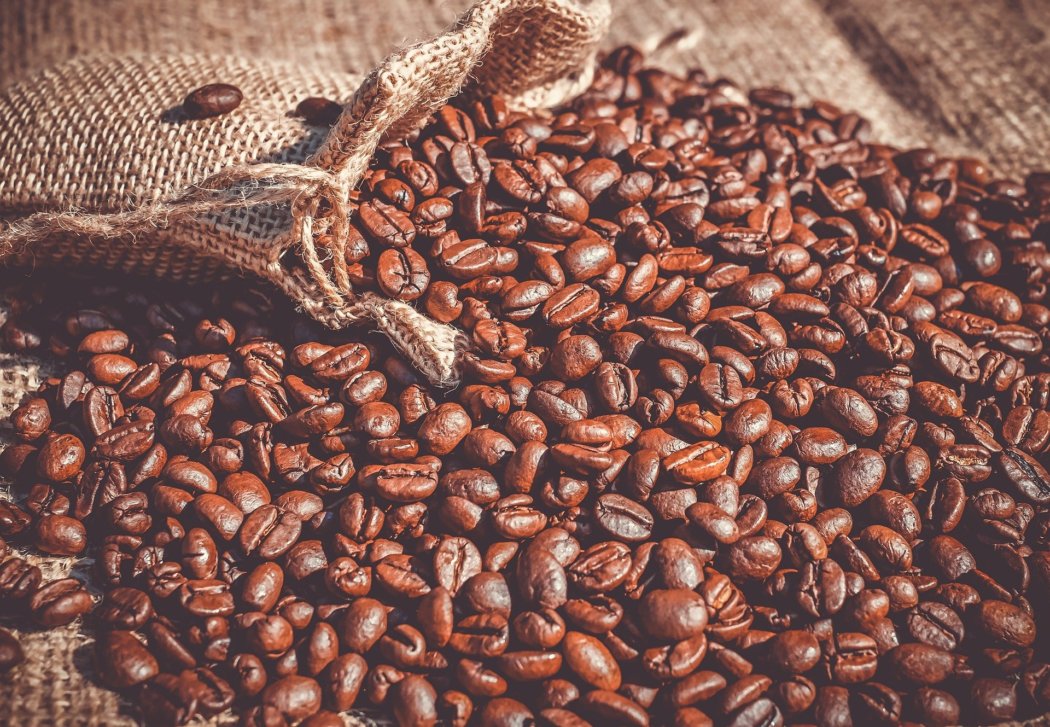What Are Some Things That Are Brown?
Are you looking for some ideas for things that are brown? Stick around as we share a list of some brown things.
In case you haven’t heard, brown is the new black! As the world witnesses a resurgence in sustainable fashion, this composite color that is often ignored due to its “dullness” is now, once again, back in the shops.
Suggesting growth, reassurance, honesty, and dependability, brown carries with it a plethora of meanings. Similar to the color green, it is also often associated with the earth. However, while the former is recognized for its vitality, brown is often known for its simplicity and steadiness.
While it is materialistic, it is also humble and down-to-earth. Although often perceived as dull, it can also demonstrate a degree of sophistication or elegance.
Below, we have compiled the top things that are brown that are sure to help you appreciate the beauty of this neutral color even more.
Things That Are Brown
• Soil
With the mention of the word “brown,” soil is often the first thing to come to mind. Although the earth might appear to be a blend of blue and green from outer space, a closer look reveals a brown ground.
Scientifically, its appearance is linked to minerals and organic matter present in the soil.
According to a new study, decaying plant materials might be the main reason why soil appears brown. When plants wither and die, tiny microbes in the earth eat them, breaking the plants’ chemical bonds.
However, these microbes leave abundant carbon scraps, called humic materials, which have piled up over thousands of years to give soil its brown color.
• Chocolate
Of course, while the association of brown with soil gives it a somewhat “dirty” vibe, its relation to chocolate brings a warm feel that stimulates the appetite.
Originally, chocolate was found in a deep shade of red, however, chemists have found a way to present the snack as we now know it today. As cited in an article from Edible Geography, the original brownish-red pigment of chocolate reflects the color of unprocessed cocoa beans.
However, in 1828, a Dutch chemist removed about half of the natural fat found in chocolate liquor, pulverized what remained, and added alkaline salts to the mixture.
The product, which was named “Dutch cocoa” has a dark brown color, and soon paved the way for the creation of the first solid chocolate signaling the beginning of a relationship between the color brown and the tasty confection.
• Skin
While skin comes in many colors, the pigment known as melanin is the main determinant of hair, skin, and eye color. Specifically, melanin is produced by cells called melanocytes and provides protection to the skin against the sun’s ultraviolet (UV) radiation.
Basically, dark-skinned people have more melanin in their skin than light-skinned people. Exposure to UVA radiation causes melanocytes to produce more melanin, making skin darker; a process more commonly known as tanning.
• Coffee
As we all know, most coffee comes in the color brown. In chemistry, this is the result of what we call the Maillard reaction. Specifically, coffee beans undergo different processes before they can be brewed and become the brown liquid we see in our cups every morning.
Unknown to many, coffee beans originally come in varying colors, such as red, yellow, and green. However, when they are introduced to heat, a chemical reaction between amino acids and sugars occurs.
During the process, amino acids and sugars combine and starches break down into simple sugars, which gives coffee its distinctive brownish tint.
• Caramel
Similar to the case of coffee, the brownish pigment of caramel is caused by intense heating. However, while the latter is caused by the Maillard reaction, the former is a result of another reaction called “caramelization.”
During this process, when carbohydrates, the sugars found in starches and in fruits and vegetables, are heated slowly, the molecules break down and form new compounds that have a golden brown complexion and come with a deep, rich flavor.
The Bottom Line
Whether in the natural world, food, fashion, or art, the color brown has established itself as an ever-present pigment. Although often ignored and deemed boring by some, this neutral hue carries its own distinct charm and vibe.
From the fertility and sustainability of soil, the naturalness of skin, the strength of coffee, and the appetizing appeal of chocolate and caramel, the color brown suggests a wide range of meanings.
Did you have fun going through our list of things that are brown? Which items do you think should be added to this list?
Read Latest Posts

Hi, I'm Anthony Tran! Welcome to my site. I live in Arizona and am obsessed with all things related to building an Online Business and working from home. Learn about my journey here.
Follow Online






